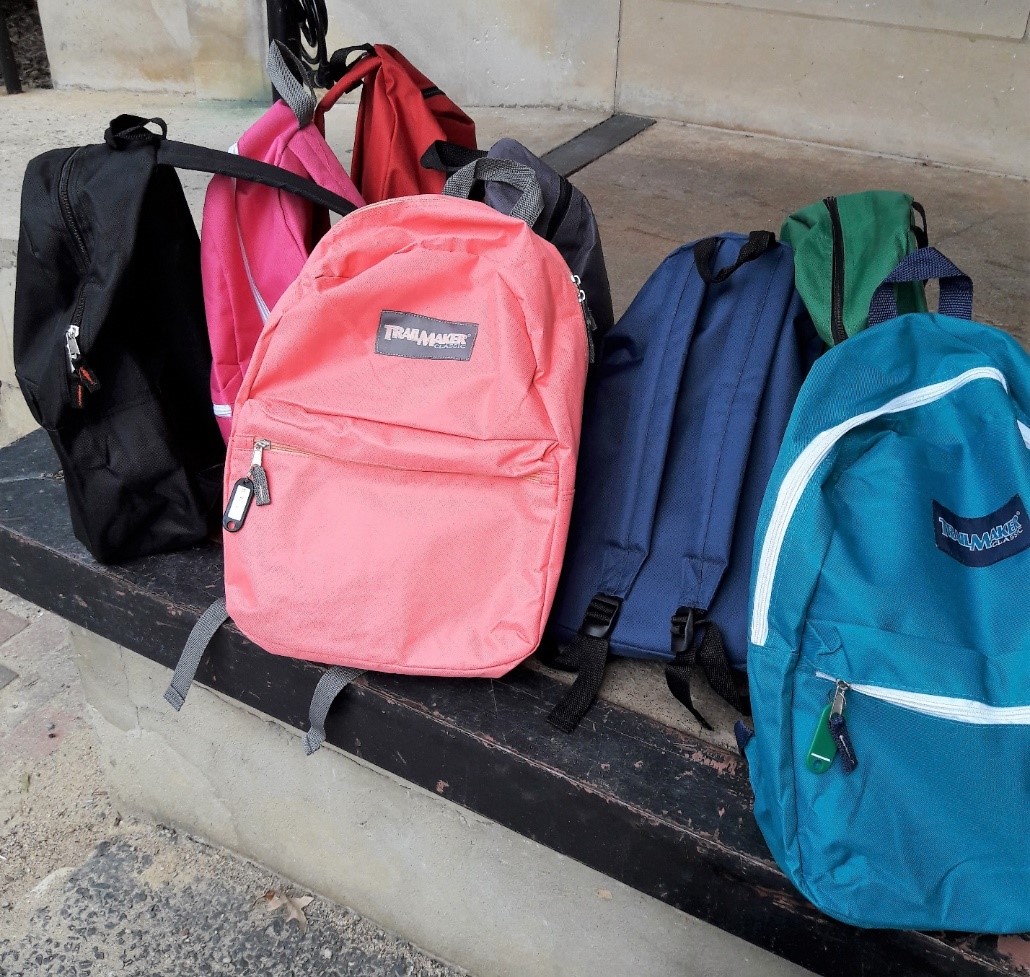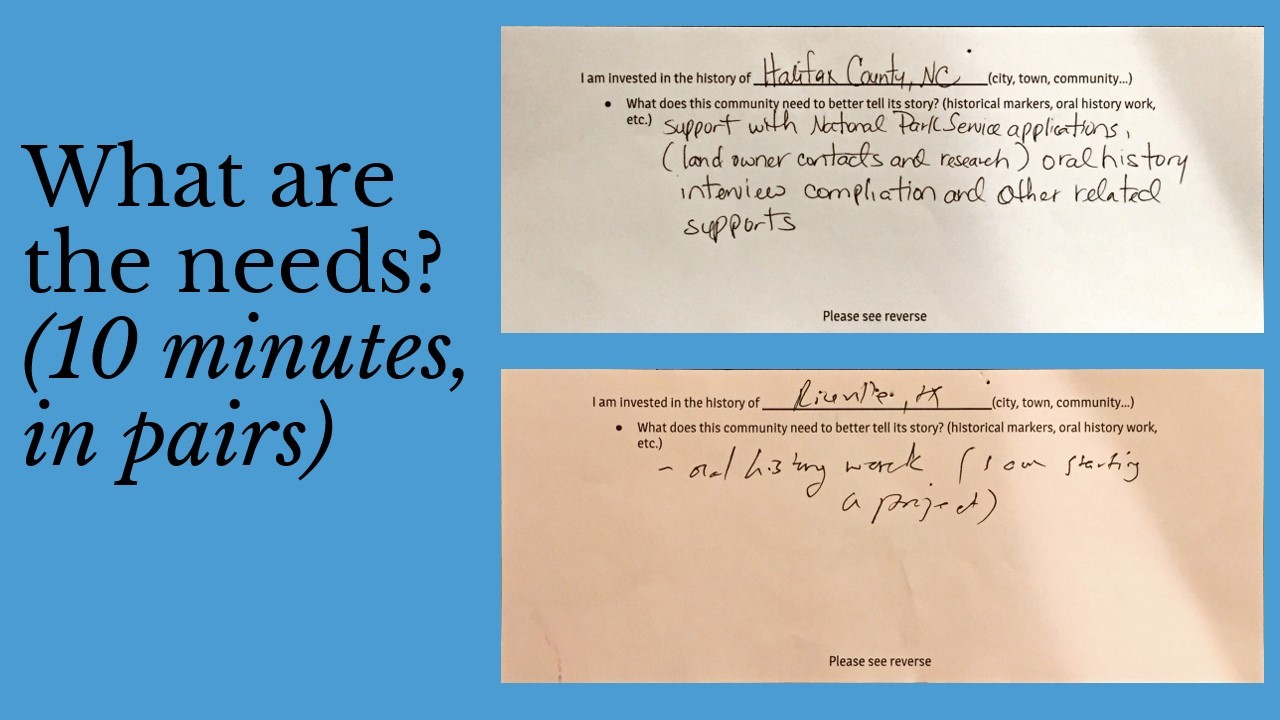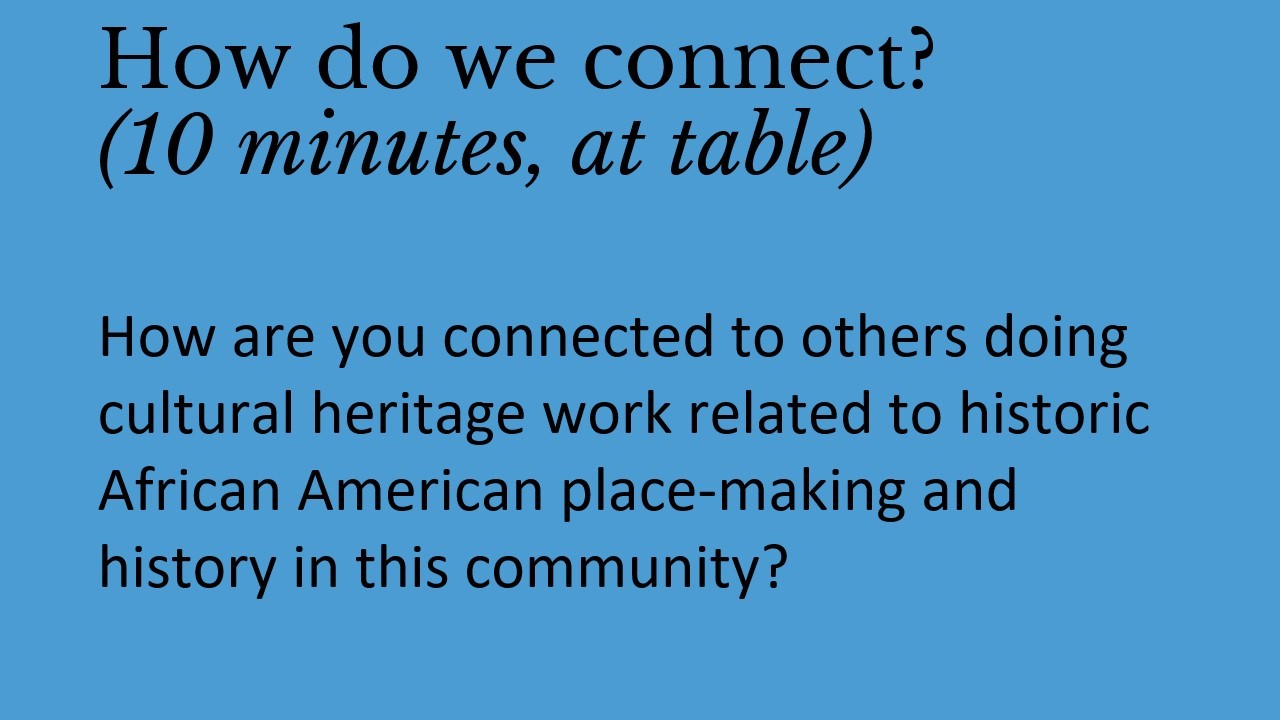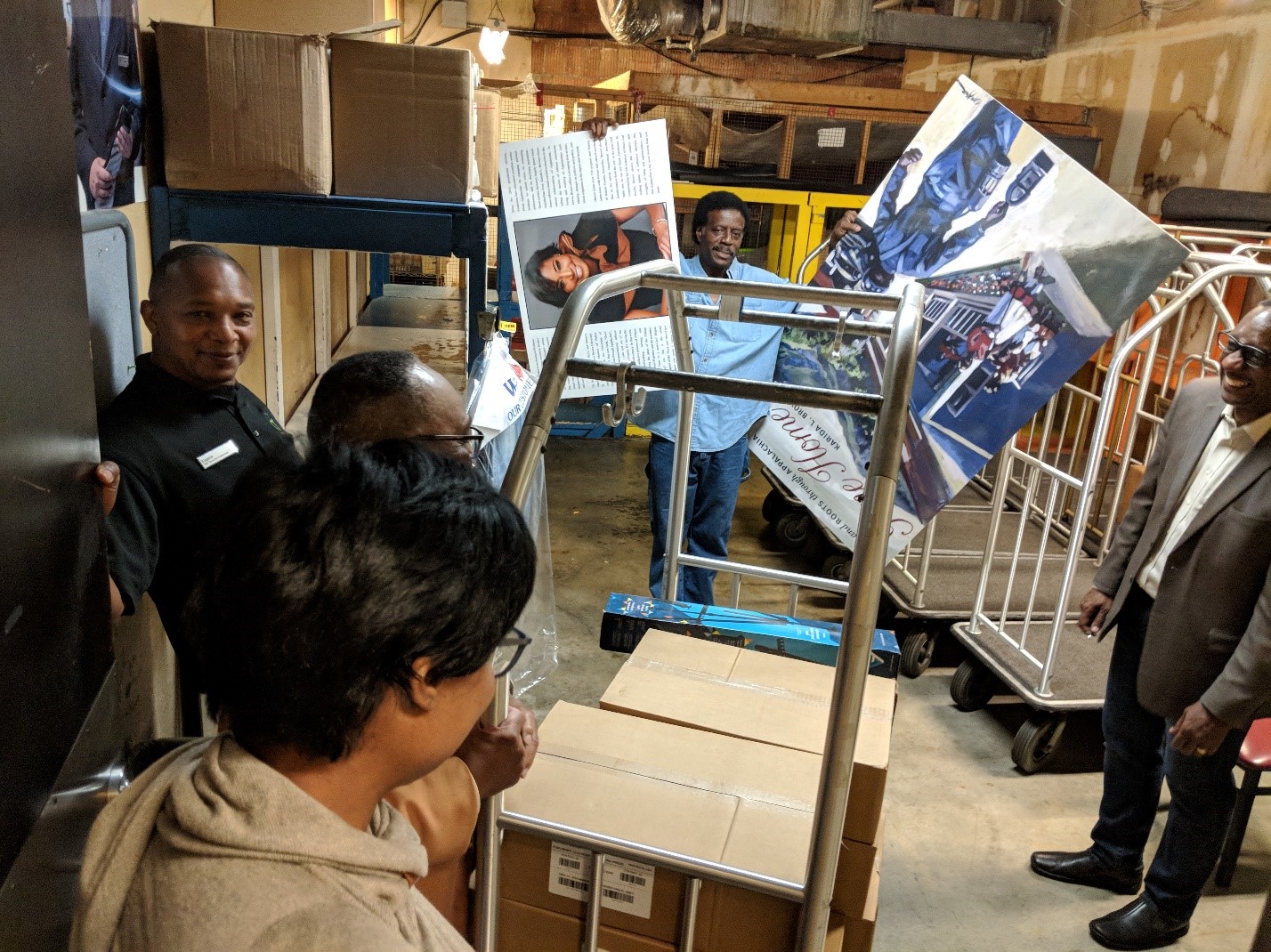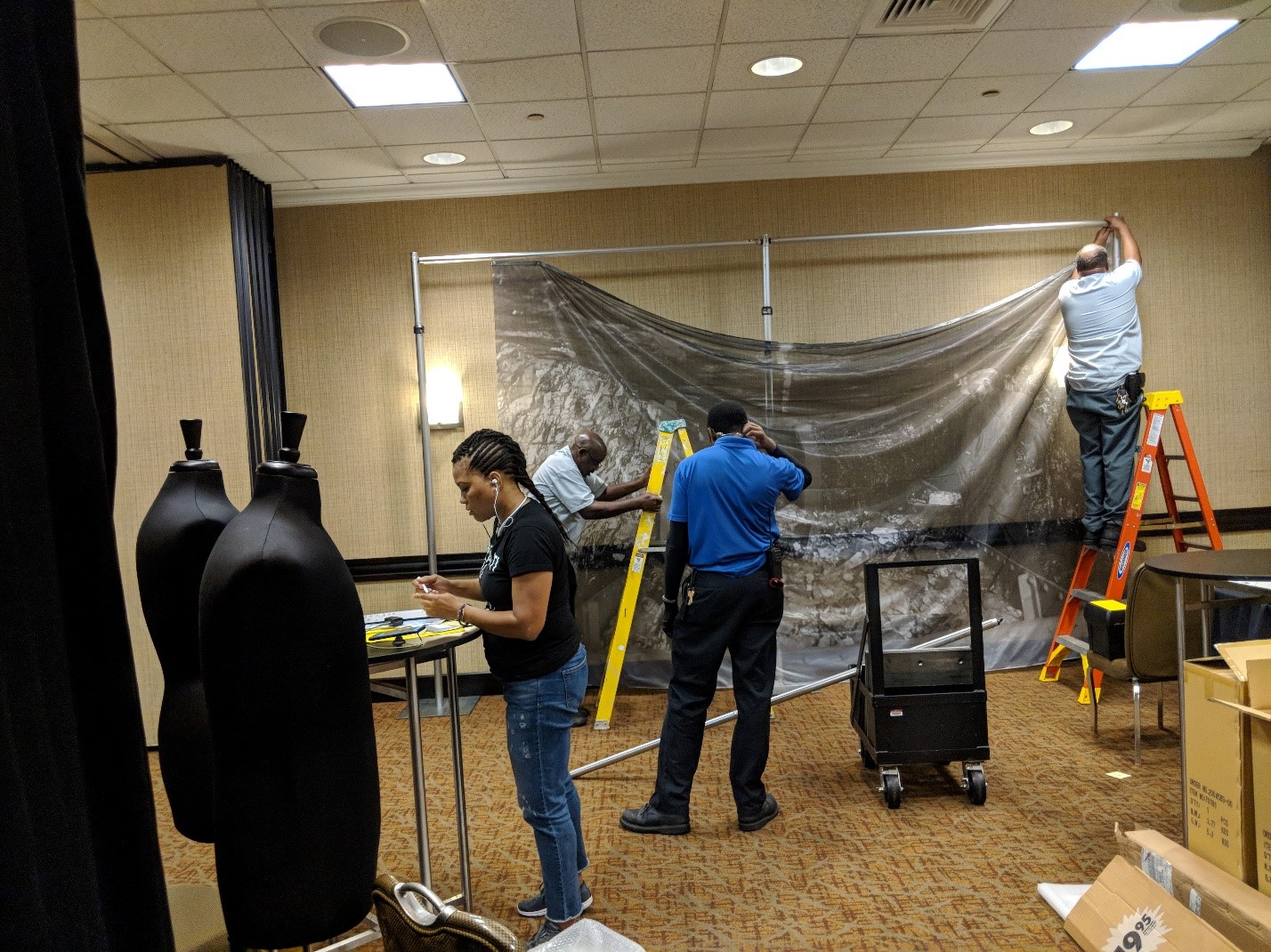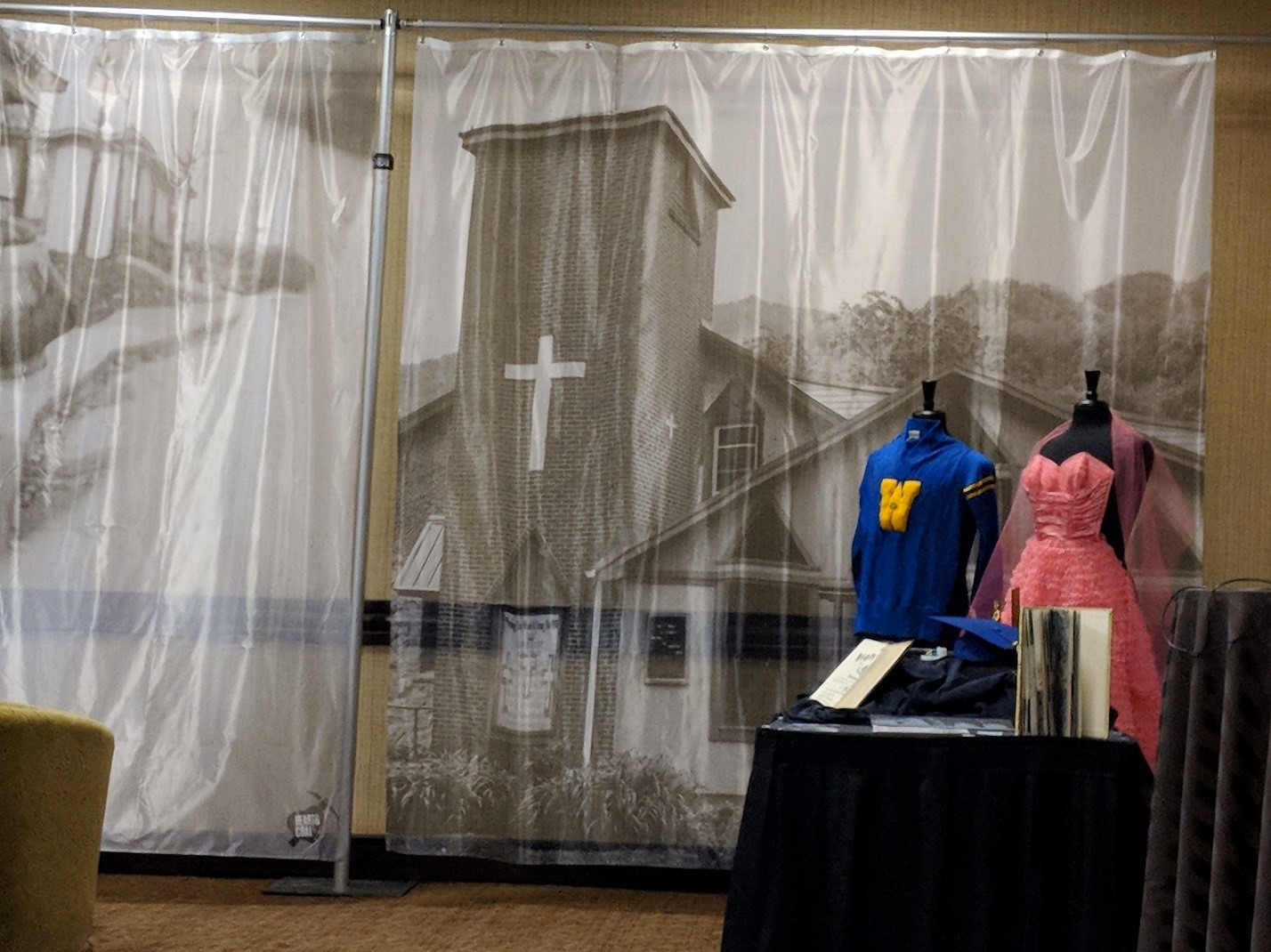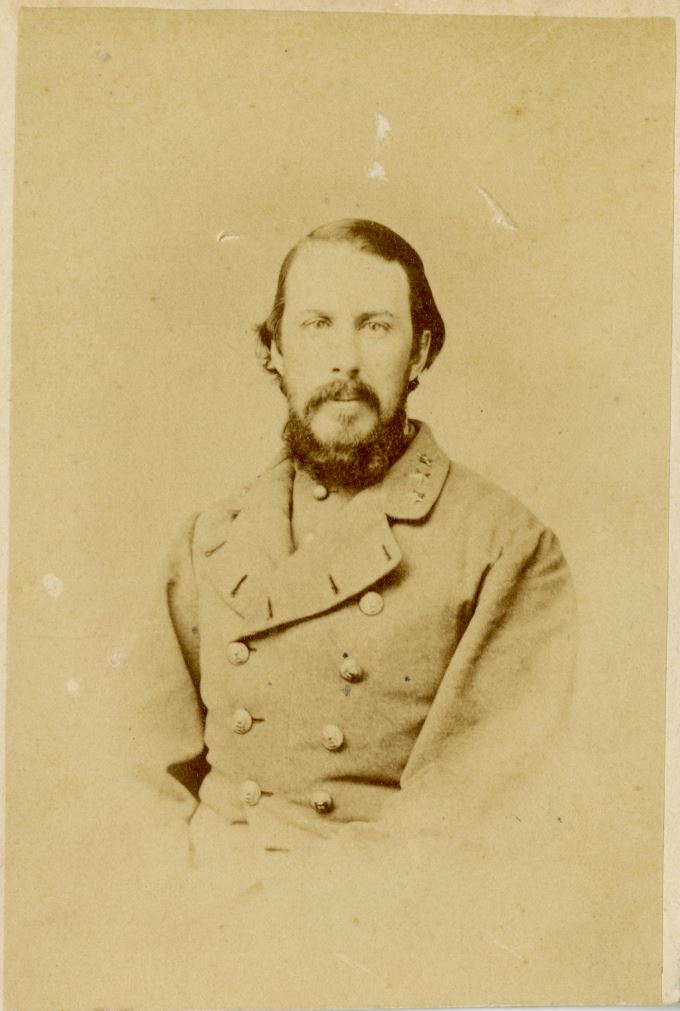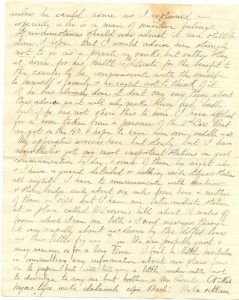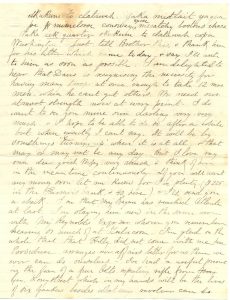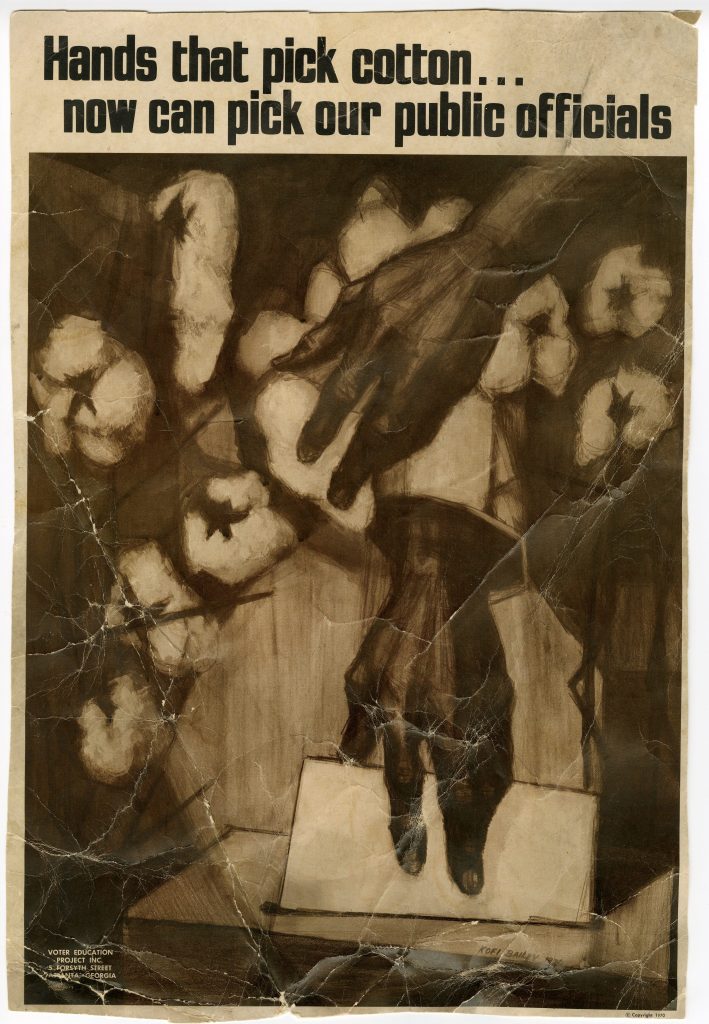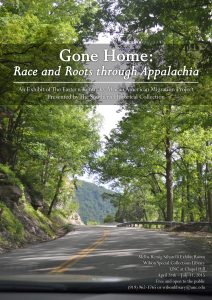![]()
Oral History Resources
Oral histories are an essential part of most Community-Drive Archives work. Through oral histories, we are able to hear directly from people who have important stories or memories to share. Oral histories enable different ways of thinking about and learning from the past, and often present perspectives that are not well represented in traditional museums and archives.
One of our key partners at UNC-Chapel Hill is the Southern Oral History Program (SOHP). Since its founding in 1973, the SOHP has done groundbreaking work, creating a vital record of Southern history. The SOHP is often recognized as one of the leading oral history programs in the country. They are also a terrific resource for learning more about doing oral history, whether you are a seasoned professional or if you’re getting ready for your very first interview.
Here are several resources that we have found helpful when planning or preparing for oral histories:
- If you’re looking for basic tips, the SOHP’s 10 Tips for Interviewers is a quick overview of important things to remember when you’re doing an interview.
- For a more detailed guide, the SOHP offers “A Practical Guide to Oral History,” a very helpful overview that will help you get ready for your first interview.
- For suggestions specific to interviews with members of your family or community, “The Smithsonian Folklife and Oral History Interviewing Guide” is a helpful resource.
- If you’re simply looking for ways to start talking or to keep the conversation moving, be sure to download a copy of the oral history question cards prepared by UNC’s Community-Driven Archives Team (you can also find copies of the cards in our backpacks).
- Finally, if you’d like to listen to or read completed oral histories, you can find the archived recordings and transcripts from SOHP interviews in the Southern Historical Collection at UNC.
- Bernetiae Reed, one of the Community-Driven Archives project staff members, is an experienced oral historian and offers an essential bit of advice for anyone considering oral histories: just get started.
“Don’t wait! Ask your questions now. If you procrastinate that opportunity can pass by and that story, that connection, or that moment could be gone forever! Pull out your recorder during special moments. Seek that person with things you want to know or that person with memories you want to capture. Your actions allow these words to be heard by future audiences! Start with those family stories that you have grown up hearing, connect with community members who have recollections that need to be preserved, and then go on from there. The most important factor in successful oral history capture are a communicative interviewee and an engaged interviewer.”
Ronney Stevens from SAAACAM in San Antonio TX shares a memory of going to the Carver Library as a child.
As you continue on your work with oral histories, no matter where you are in the process, get in touch with us if you have any questions or just have stories to share.
The Community-Drive Archives Project at UNC-Chapel Hill is supported by a grant from the Andrew W. Mellon Foundation.
Follow us on Twitter @SoHistColl_1930
#CommunityDrivenArchives #CDAT #SHC
#WilsonLibrary #UNCLibraries
#EKAAMP #HBTSA #ASHC #SAAACAM
#yourstory #ourhistory #oralhistory #AiaB

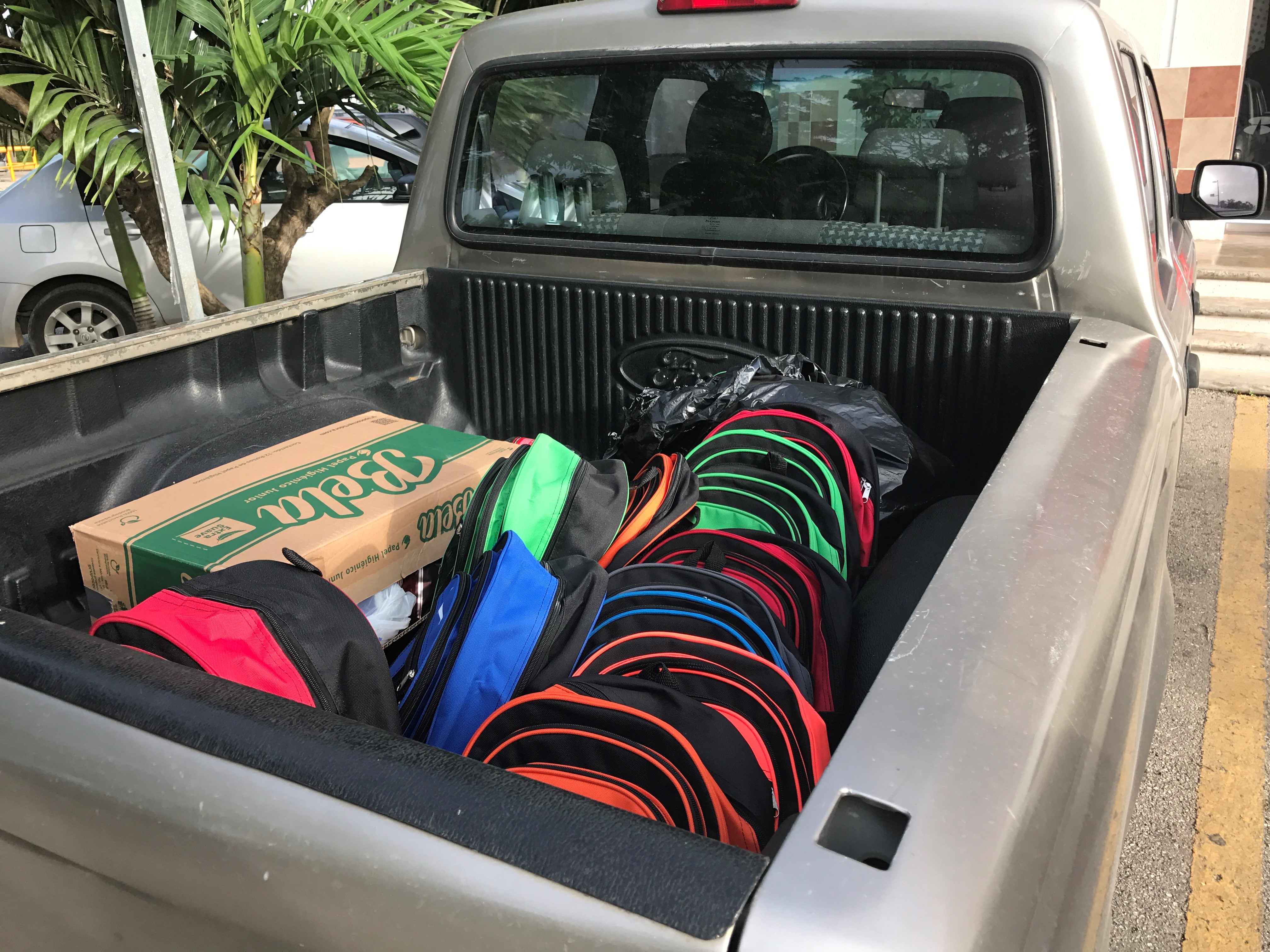 Sounds great, but why all the hoopla? Backpacks aren’t exactly cutting edge. I think it is the mix of the un-apologetically bright colors of the kits (though we do offer some more muted tones) and the awe that digging into a family or community’s past almost always elicits. But there are other components to the backpacks, not always mentioned in the emails. Social justice, commemoration, and community healing often feel like implicit threads of the conversations and the projects new colleagues talk about.
Sounds great, but why all the hoopla? Backpacks aren’t exactly cutting edge. I think it is the mix of the un-apologetically bright colors of the kits (though we do offer some more muted tones) and the awe that digging into a family or community’s past almost always elicits. But there are other components to the backpacks, not always mentioned in the emails. Social justice, commemoration, and community healing often feel like implicit threads of the conversations and the projects new colleagues talk about.